Basecamp Explorer’s Sustainable Tourism in Kenya’s Maasai Mara
Several low-impact camps in Kenya’s beautiful Naboisho Conservancy

Just over 20 years ago, Svein Wilhelmsen visited Kenya’s Maasai Mara and met Ole Taek, a Maasai Chief. As the story goes, the two men spoke late into the night, and Taek shared his fears about the future of his land, the future of the ecosystem and in turn the Maasai people themselves. Struck by the conversation, the people, the wildlife and the sheer beauty of the place, Wilhelmsen vowed to help protect it. Just six months later, Basecamp Explorer was born.
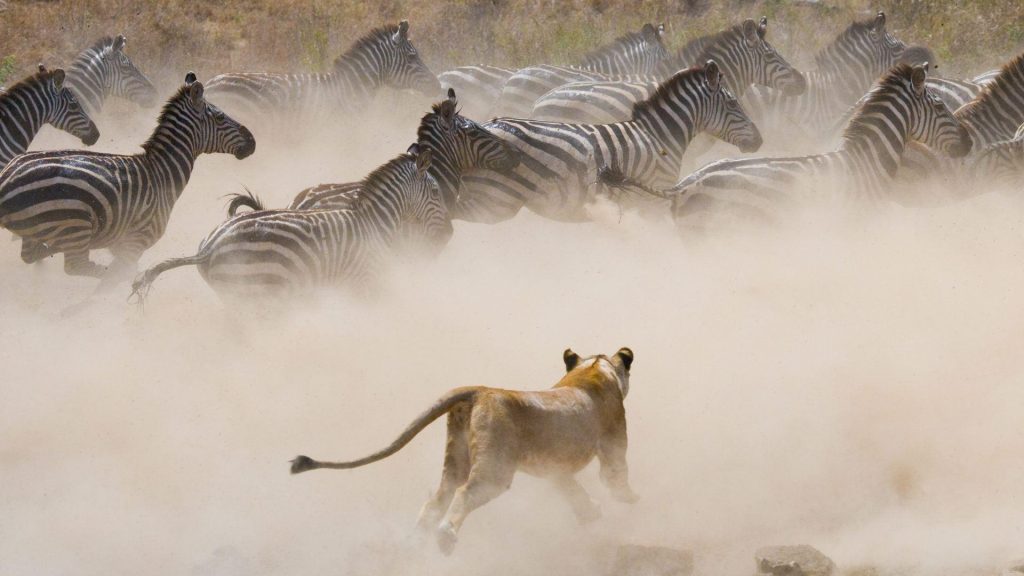
The vision was the easy part: to protect land inhabited by some 600 families (and their livestock) by turning it into a reserve where native wildlife could live, prosper and migrate freely. Additionally, they wanted to create partnerships with safari operators in order to host tourists who could bring money into the region. Ultimately, this strategy was considered and implement to provide a guaranteed income and job opportunities to the community.
To get to that point required deep trust from local Maasai elders. The plan required that the 600 families put their land into a trust—it would remain entirely and exclusively theirs, but would see the families and their livestock move to nearby land outside of the conservancy. In exchange, families would receive a monthly income guaranteed by the trust based on the amount of land they own as well as a variable fee based on occupancy in the conservancy’s camps. The families have access to the conservancy, and their livestock are able to graze in certain areas. The rest of the land is dedicated to enabling the wild animals to live and migrate freely, and its flora.
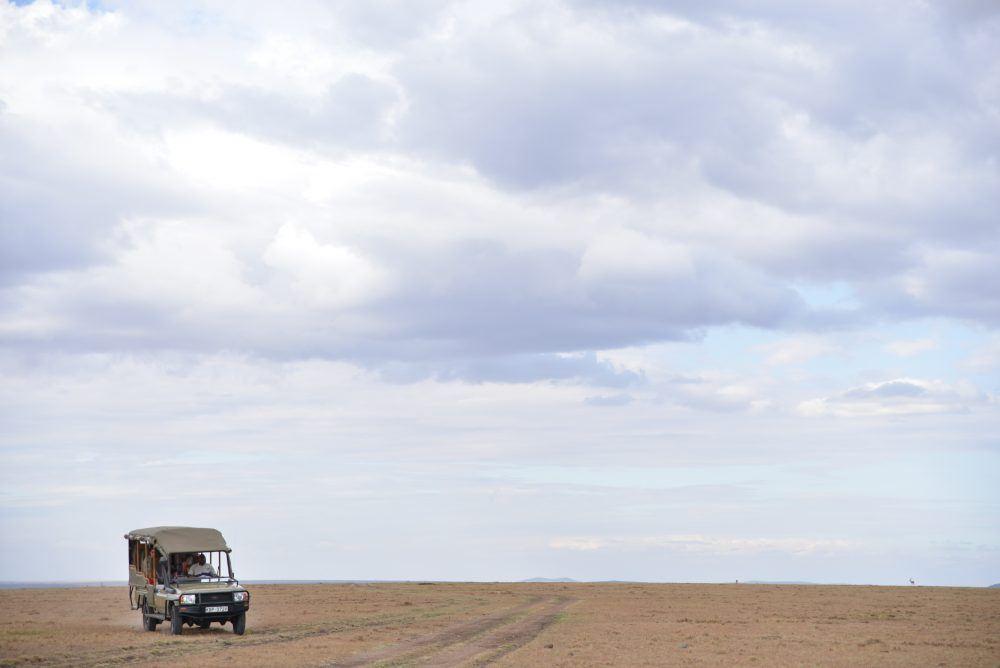
In turn, the tourism partners who invest in the Mara Naboisho Conservancy‘s low-impact safari camps (there are eight, with a total of 150 beds; that’s one bed per 333 hectares) rent the land and guarantee payments to the trust. Regular and recurring income has positively impacted families, but that’s just part of it.
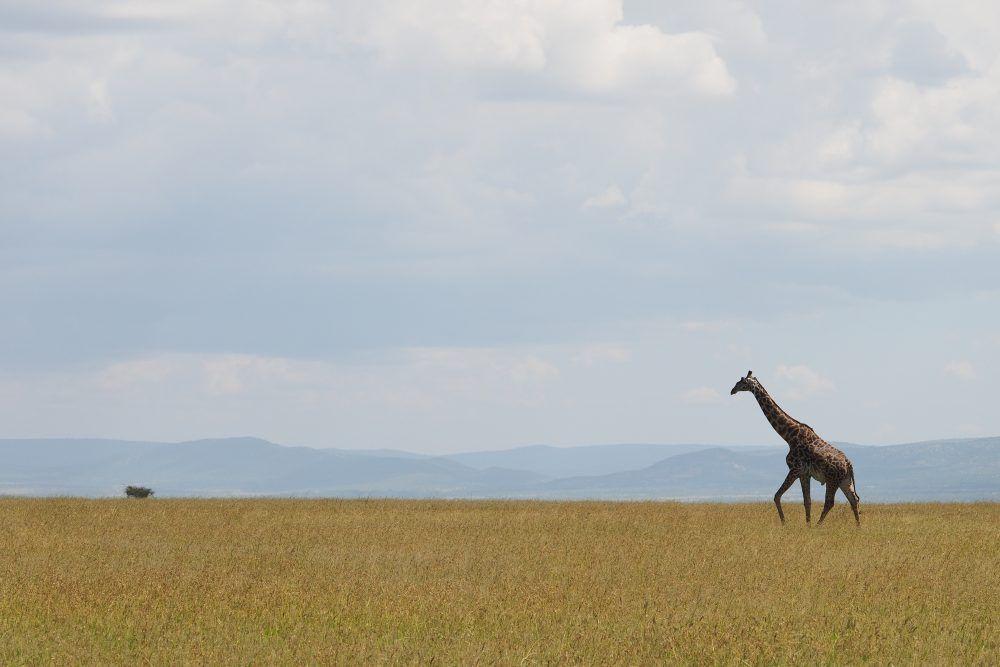
Launched in 2010, the Mara Naboisho Conservancy is one of nine private conservancies adjacent to the larger Maasai Mara National Reserve and—at 50,000 hectares—the second largest of several adjoining conservancies. Together they nearly double the national park’s size, providing contiguous land for the animals to live and migrate freely. As privately run entities, the organizations can monitor access to the land, limit the number of tourists who visit, employ staff to protect the animals and do more to support the community. They are located alongside the Serengeti National Park (across the border in Tanzania) and provide one of the largest wildlife areas in the world—home to nearly 40% of Africa’s remaining larger animal population, and many smaller ones too. This percentage is important to understand in context: more than 95% of rhinos, cheetahs, elephants and lions have been lost to poaching, hunting and human development in the last century. This is why places like the conversancy are so important. Today, the animals and people who live there are more dependent on each others’ survival than ever before.
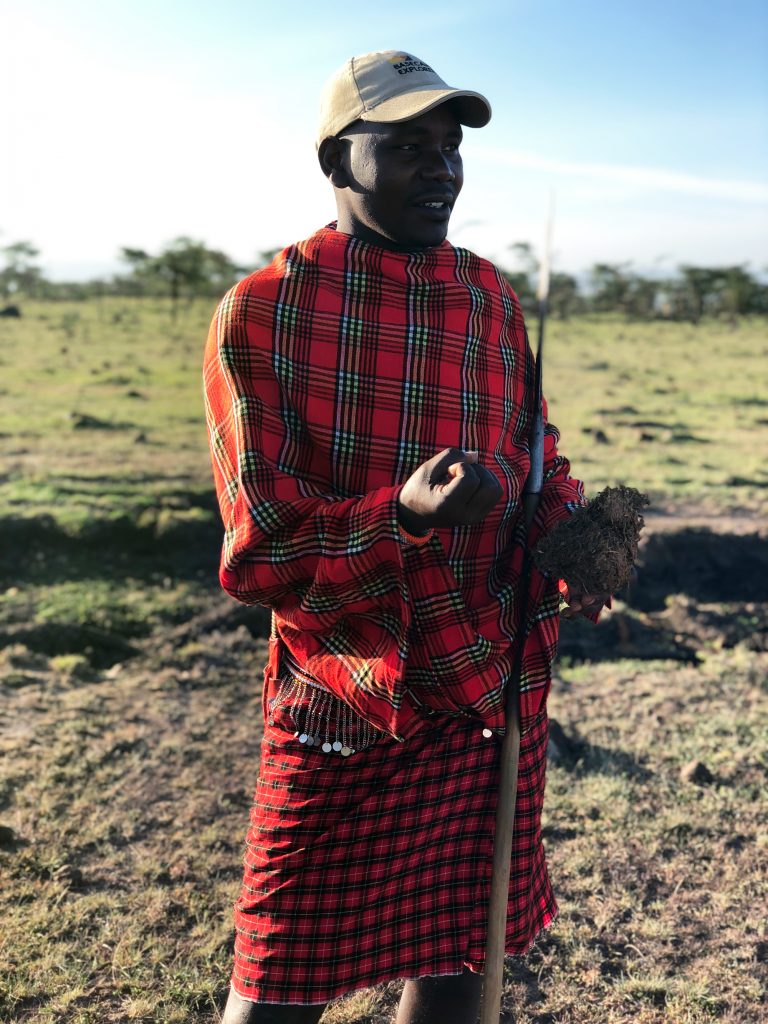
With the Mara Naboisho Conservancy’s founding, the safari camps needed to be built, staffed and maintained. This has resulted in some 2,000 jobs being created—98% of which are filled by the local Maasai tribespeople. Rangers protect animals, administrators manage grazing rights for the owner families’ livestock, safari operators guide visitors, and many more jobs exist to support the seven existing camps (and one day visit only safari partner). Additional opportunities have been created by the local businesses that support the tourism industry, from food purveyors to mechanics who repair and maintain safari vehicles, carpenters, electricians and others. The workforce is made up of all genders, and women play an integral role, with several working as nature guides—historically a job for men, and one that is highly respected and well paid. The Basecamp Explorer properties currently employ five women nature guides, and the benefits are more in line with those seen in Scandinavia, such as housing for their children and a caregiver.

There are many more opportunities for women too. Basecamp Maasai Brand, a certified fair-trade craft company, was started in 2013 and is centered on traditional Maasai beading, providing a retail program that 100+ local women work within. Each individual receives 55% of the revenue from the sale of the colorfully beaded items they create by hand. The business also supports many women in operational roles, all while celebrating and preserving Maasai culture. We spoke with several of these women and they shared that their income provided the ability to build homes, pay for their children’s school tuition, install solar power and water tanks, purchase livestock and more.
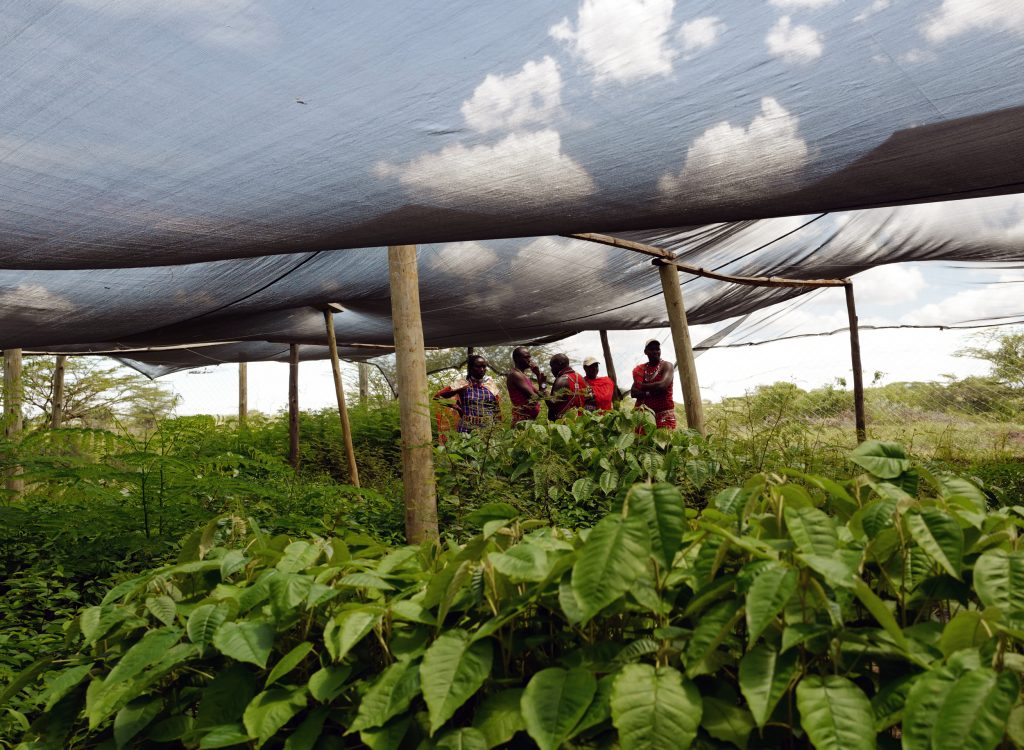
Meanwhile, the Basecamp Foundation provides the community with sustainable development, education, healthcare, a massive reforestation effort, water catchment, waste management and other programs.

It’s this sustainable approach to tourism—along with Leopard Hill, Basecamp’s newest and most luxurious property—that drew our attention and got us on a non-stop Dreamliner flight with daily service to and from New York City to Nairobi, an excellent new option from Kenya Airways—who kindly accommodated us for our visit.
An overnight in Nairobi may be necessary based on when you arrive, and the Villa Rosa Kempinski, with its incredibly well-equipped gym (along with a spa and a pool) and several restaurants, is a great option. The property allows guests to relax, work and eat in a charming, secure and attractive setting. It’s the ideal way to refresh after a long flight and check out one of Nairobi’s highlights, the David Sheldrick Wildlife Trust—home to orphaned elephants and Maarifa, an adorable two-month-old rhino who recently arrived there. Their work is incredible, and is all in an effort to return the animals to the wild as soon as they are able to live independently. From Nairobi, it’s a quick trip to the local airport, where you catch a small prop plane for the hour-long flight to the Mara.
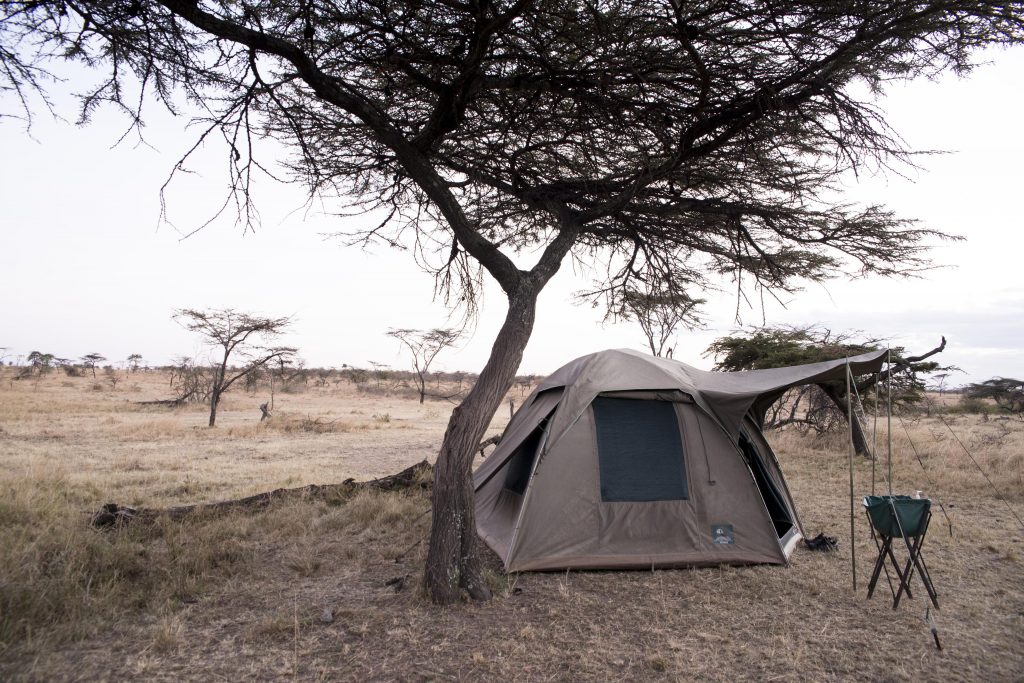
With six tents, Leopard Hill is just one of four camps Basecamp operates in the conservancy. Others are Eagle View, offering nine tents; Wilderness Camp with five tents; Dorobo mobile camp, offering six tents; and Basecamp Masai Mara—the largest of the properties, with 17 tents—which sits on the Talek river, a short drive between the Reserve and the conservancy. Each camp offers a unique point of view, some are casual and rustic, while others are more luxurious. Most guests stay a few nights at several properties, and their guide travels with them throughout their stay.
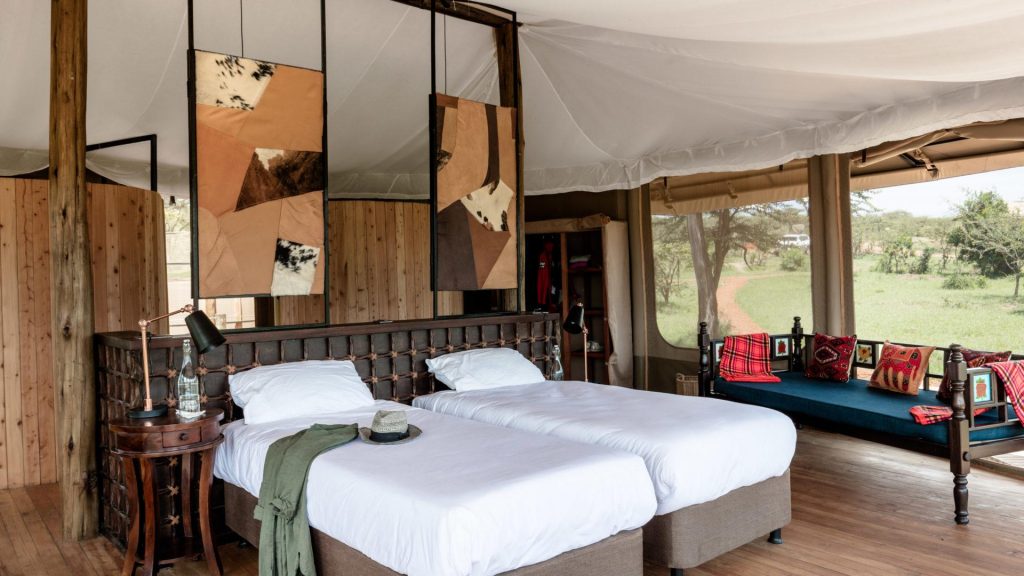
Leopard Hill is situated around an enormous and unusual split fig tree, home to a playful congress of baboons that will entertain and serve as local alarm clocks. Each permanent tent features 360º views to the nearby watering holes where animals congregate, a fireplace on the terrace, an indoor and outdoor shower, a toilet and running water. Each also features a mosquito-netted skylight, operated by remote control, which allows guests to stargaze while laying in bed. All-inclusive meals occur in the common lounge and dining tents, where dozens of staff members ensure comfort and safety—and more importantly, share stories and experiences.
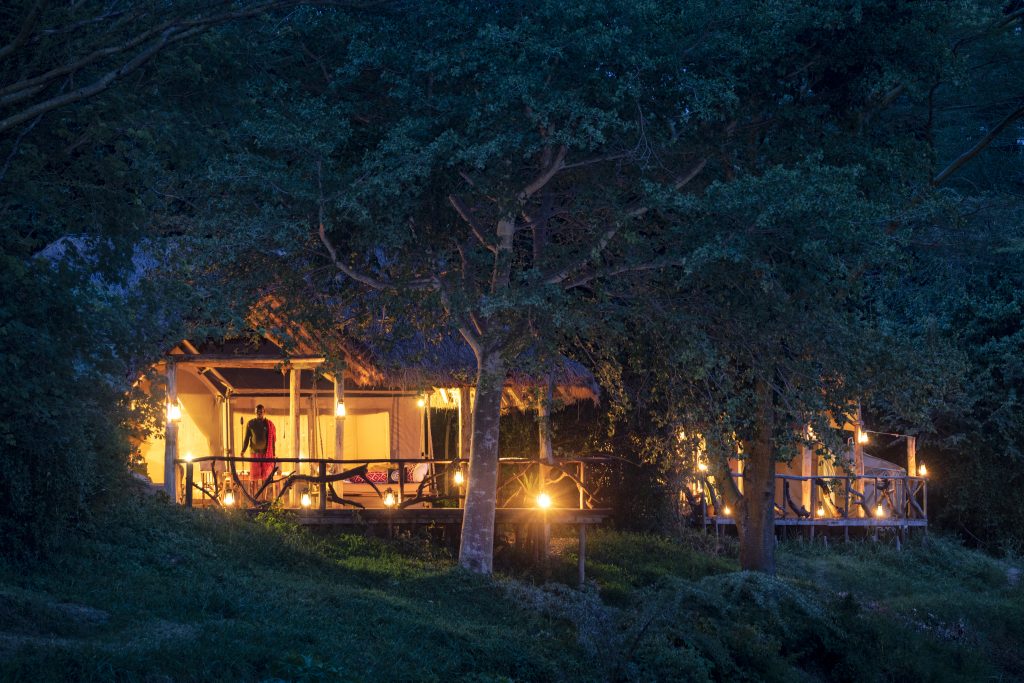
Each of the camps offers its own unique and special experience. Dorobo moves locations seasonally with guests staying in tents, and walking safaris are a highlight there. Members of the Maasai security team may engage in spear-throwing contests that are remarkable to see. The camp has outhouses with a toilet and a shower. Wilderness Camp offers a permanent camp setting with larger tented rooms, beds, furniture and bathrooms. Basecamp Masai Mara is perhaps the center of the Basecamp Explorer brand. Visitors can peruse the gardens and nurseries that are the heart of an effort to plant 500,000 trees in the area—a goal they are well on their way to achieving. Other experiences include visiting Talek and meeting the Maasai women who bead for the Basecamp brand.

There are many safari experiences to be had in Africa, but few as impactful and accessible as those with Basecamp Explorer and its friendly, engaging staff. Staying at any camp includes meals, most beverages and daily safari outings—and incredible views throughout. Visit Basecamp Explorer for more details and to view the extensive range of available packages.












